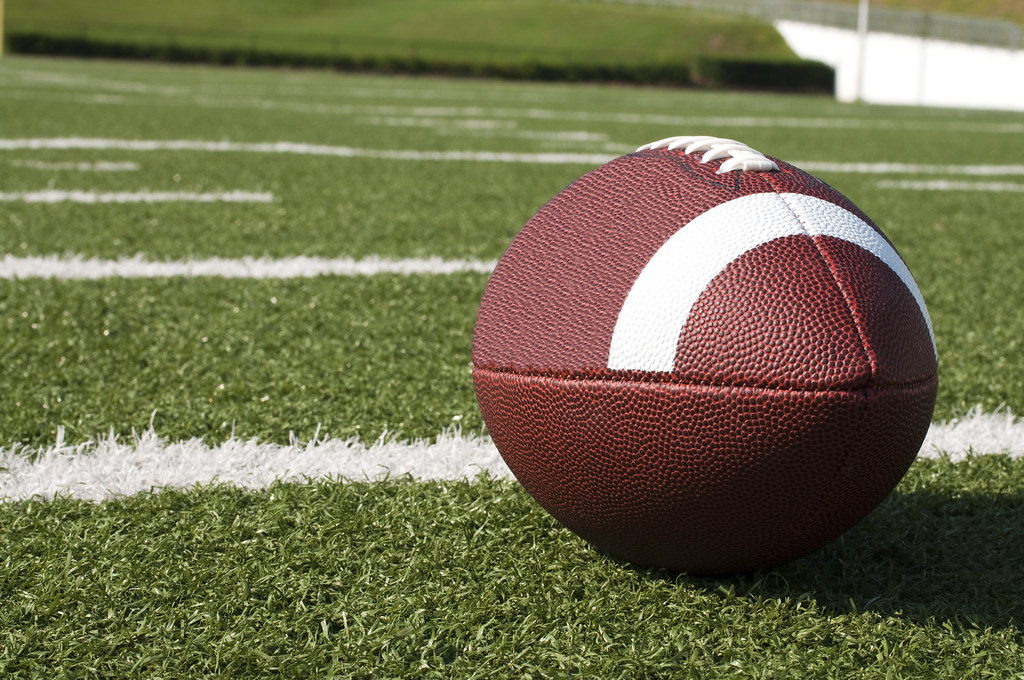As the Super Bowl approached, the conversation about the influx of human trafficking during the
event began. There have been many stories by Fox, USA Today and National Public Radio about
the issue of human trafficking at these high volume events, but there is little evidence to support
their claims. Not that it does not happen, but there is not much data to support the existence of
human trafficking inside the event, according to an article in The Atlantic, and research done by
the University of Texas at Austin and a host of other newspapers, blogs and websites. If you
google “human trafficking and the Super Bowl,” there are more articles about the topic being a
myth than proving it fact.
A majority of these articles, like the one in Atlantic, contribute this “myth” to fear-mongering
journalists. “The ‘Super Bowl = prostitutes’ story begins to look more and more like a lazy
journalistic trope or an urban legend,” wrote Alexander Abad-Santos.
While I do appreciate a good shaking-down of lazy journalists, I do not think their motive is to
stir up fear within the public but to arouse a healthy awareness of the evil that can lurk in these
high-volume events.
Many of these articles equate human trafficking and prostitution, and while they may run in the
same lane at times, the definition of human trafficking is quite different than that of prostitution.
According to the Department of Homeland Security, “Human trafficking involves the use of
force, fraud, or coercion to obtain some type of labor or commercial sex act.” On the other hand,
prostitution, as described by Merriam Webster, is “The act or practice of engaging in
promiscuous sexual relations especially for money.”
The main difference between these two definitions is the word force. Because there is little
increase in prostitution arrests, these articles claim that a rise in human trafficking at the Super
Bowl is a myth. But human trafficking is a highly secretive activity that is difficult to monitor.
According to the Polaris Project, an organization that specializes in fighting labor and sex
trafficking, the numbers that are recorded “are likely only a fraction of the actual problem.”
“Human trafficking is complex and dynamic. It is widespread but exact numbers are hard to
come by. It follows patterns, but every situation is also unique. There is so much more to learn,
and so much misinformation already out there,” said an article on the Polaris website.
Where human trafficking is concerned, these women are forced into sexual relations by their
pimp or madam, as was the case in the life of Sierra Thompson, who was lured at age 18 to
Houston by a man she met on Instagram. In an article by USA Today, Thompson explained that
it was not until the second day of their trip together that she discovered his true intentions.
Thompson felt like she could not break away from her dangerous circumstances, and the man
trafficked her in various situations, one of which included the 2016 Honolulu NFL Pro Bowl.
While the articles previously mentioned suggest most human trafficking is under wraps, if it was
not happening, the Miami Police Department and hospitality services would not be gearing up
for it. In a recent article in CBS 6 South Florida, law enforcement officials have encouraged the
hospitality industry as well as rideshares to be hyper-aware of the signs of human trafficking.
Although police report numbers do not record an influx in human trafficking, that does not mean
it doesn’t happen during these high volume events. The world is now in a post-Epstein phase,
and people would have to be naive to think there are not more Epsteins out there taking
advantage of events like the Super Bowl. Therefore, those attending need to be vigilant in
noticing signs of human trafficking to keep themselves and those around them safe.


